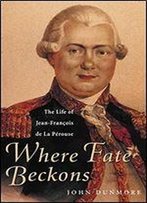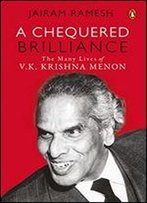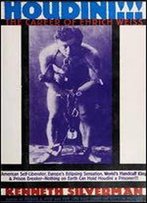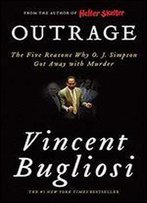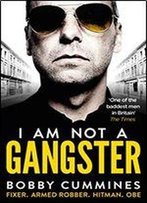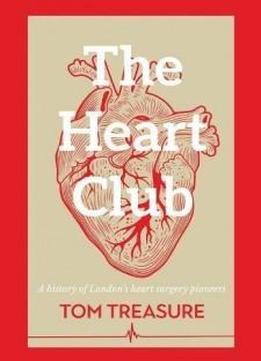
The Heart Club: A History Of London's Heart Surgery Pioneers
by Tom Treasure /
2017 / English / EPUB
16.7 MB Download
Surgery on the heart was explicitly ruled out by the medical
teaching of the 1940s.
Surgery on the heart was explicitly ruled out by the medical
teaching of the 1940s.
A team of London doctors and scientists led by Russell Brock were
determined to challenge and reverse that dogma. Together, they
would help to change the history of heart surgery and the chances
of survival for future patients. Brock, who had cared for the
injured in London throughout the war, was poised to operate on
the heart. The outstanding American surgeon Dwight Harken had
trained under Brock at the Brompton. They later spent time
together at a US army hospital, set in a cluster of huts in the
English countryside in anticipation of the 1944 D-day landings.
Brock watched Harken remove bullets and shrapnel from soldiers’
hearts and heard him speak at a 1945 meeting of British surgeons.
Harken told them about operations on 134 soldiers, all of whom
had survived. Coincidentally, wartime comrades in the allied
forces medical services had built a bond between Guy’s and Johns
Hopkins Hospital, funded by the Clothworkers’ Livery Company.
This brought the surgeon Alfred Blalock to Guy’s in 1947 to
perform and teach a new operation for children with fatal
congenital heart disease. These were familiar at the time as
‘blue babies’ and the operations began to save their lives. With
this tangible evidence from Harken and Blalock, Brock’s group —
they called themselves a ‘club’ — set out to advance heart
surgery.
A team of London doctors and scientists led by Russell Brock were
determined to challenge and reverse that dogma. Together, they
would help to change the history of heart surgery and the chances
of survival for future patients. Brock, who had cared for the
injured in London throughout the war, was poised to operate on
the heart. The outstanding American surgeon Dwight Harken had
trained under Brock at the Brompton. They later spent time
together at a US army hospital, set in a cluster of huts in the
English countryside in anticipation of the 1944 D-day landings.
Brock watched Harken remove bullets and shrapnel from soldiers’
hearts and heard him speak at a 1945 meeting of British surgeons.
Harken told them about operations on 134 soldiers, all of whom
had survived. Coincidentally, wartime comrades in the allied
forces medical services had built a bond between Guy’s and Johns
Hopkins Hospital, funded by the Clothworkers’ Livery Company.
This brought the surgeon Alfred Blalock to Guy’s in 1947 to
perform and teach a new operation for children with fatal
congenital heart disease. These were familiar at the time as
‘blue babies’ and the operations began to save their lives. With
this tangible evidence from Harken and Blalock, Brock’s group —
they called themselves a ‘club’ — set out to advance heart
surgery.
Their work was meticulously chronicled in a rediscovered volume
of minutes which form The Heart Club by cardiothoracic surgeon
Tom Treasure. Many of the doctors who were members of the club
were his teachers and mentors. To complete the story, three
survivors, whose lives were saved by early heart operations, tell
their life stories from being blue babies of the 1940s to the
present.
Their work was meticulously chronicled in a rediscovered volume
of minutes which form The Heart Club by cardiothoracic surgeon
Tom Treasure. Many of the doctors who were members of the club
were his teachers and mentors. To complete the story, three
survivors, whose lives were saved by early heart operations, tell
their life stories from being blue babies of the 1940s to the
present.The Heart Club
The Heart Club is a remarkable account of the
magic of medicine and the tenacity of surgical pioneers.
is a remarkable account of the
magic of medicine and the tenacity of surgical pioneers.

